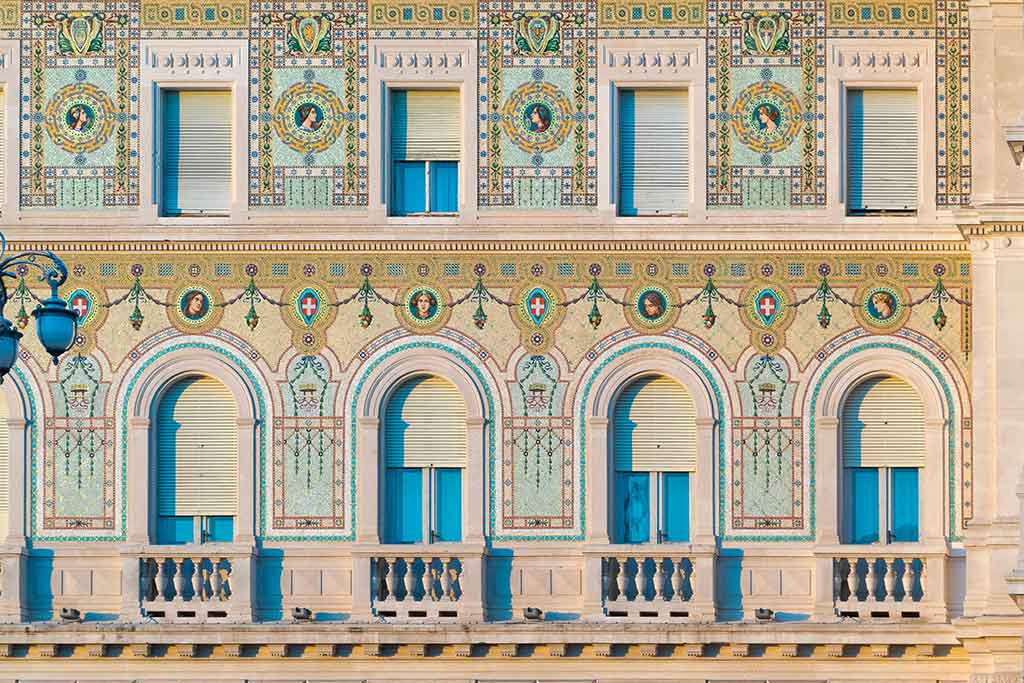Welcome
to Trieste Italy. If you’are planning to visit Trieste for your next trip and you are
looking for the best places to visit, here you’ll find tips and suggestions of most
popular point of interest and activities not to be missed in Trieste and surrounding.
Travelers will appreciate this italian town with
his rich historical and artistic heritage, local culture and environment. Discover the monuments, buildings, natural
treasures and all the details that characterize Trieste and its territory. Share and suggest a place you've
visited.

Mediterranean scents with Slavic and Germanic hints, Trieste offers its visitors the beautiful face of a border town, with a particular history enriched during centuries by different influences that continue to enchant all the artists of the world.
The city overlooks the Gulf of Italian extreme northeast, near the border with Slovenia. Trieste lies in fact at the feet of an imposing cliff which drops sharply from the rugged karst into the sea. One might say that the sea in Trieste welcome home, when you can admire the Piazza Unità d’Italia, one of the world's most beautiful and spacious overlooking the water squares.
The city has always enchanted artists and writers from around the world, so as to have inspired great writers like James Joyce, Italo Svevo and the poet Umberto Saba. You can find the intellectual environment that characterized the early twentieth century in the famous cafès going to San Marco, the local town, where used to meet many famous European thinkers. It will be an excellent opportunity to taste the real passion of Trieste: the coffee!
The beautiful surroundings of Trieste offers visitors numerous hiking opportunities, particularly along the coastline such as the Grotta Gigante, the largest tourist cave in the world. Do not miss the castle of Miramare and the castle of Duino, which overlook the sea, or the picturesque Istrian-Venetian town of Muggia, rich in historical treasures and culinary traditions.
written by Dave Mitchell - Last update: 27/05/2020